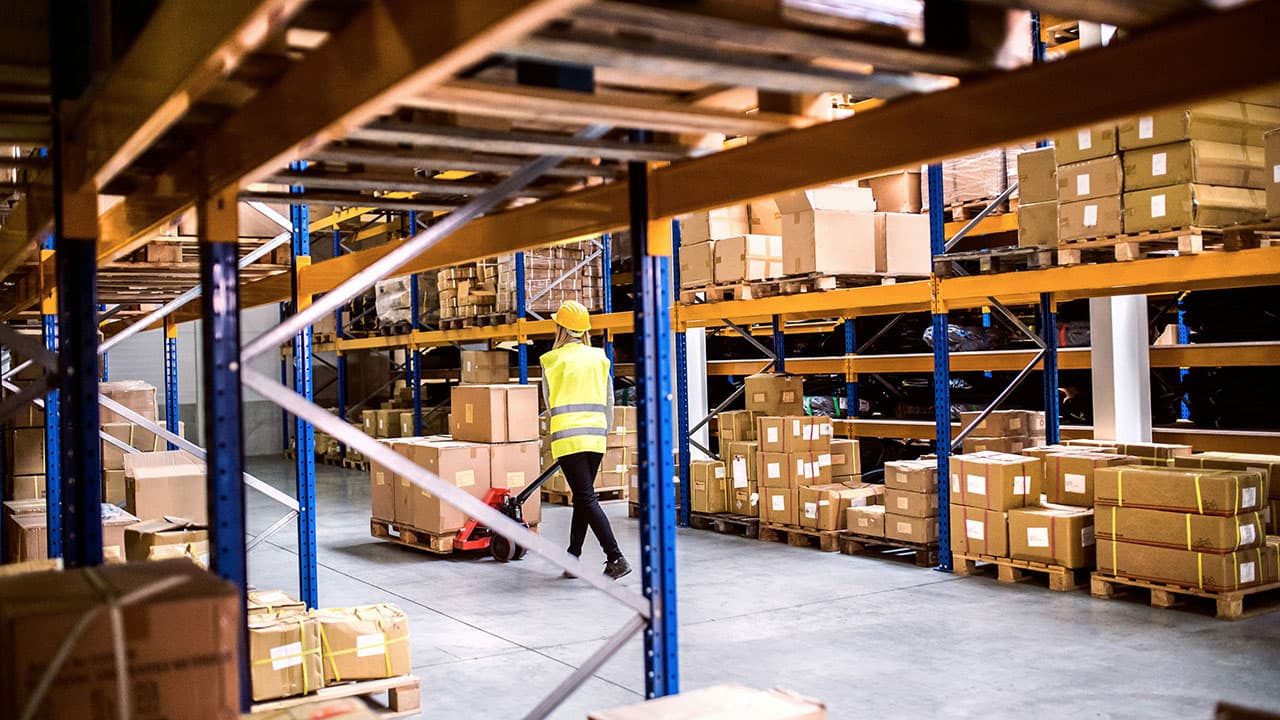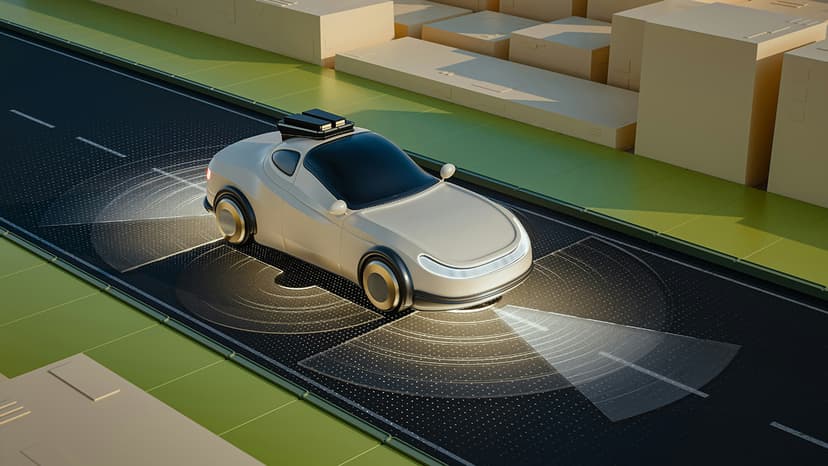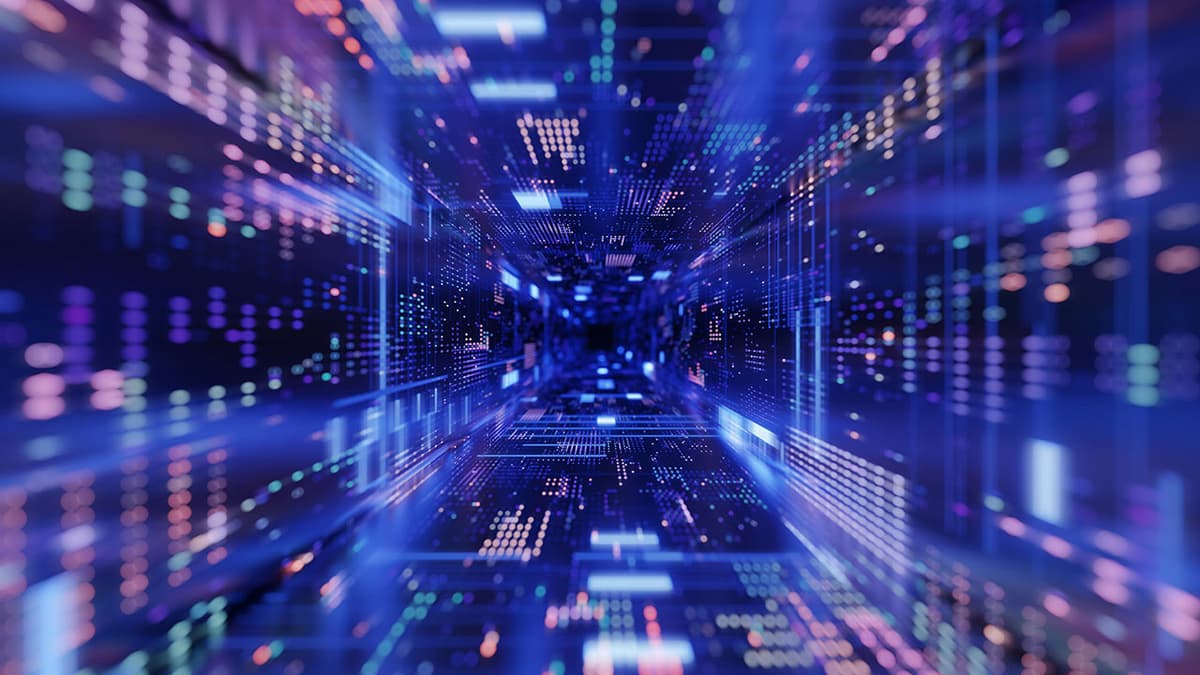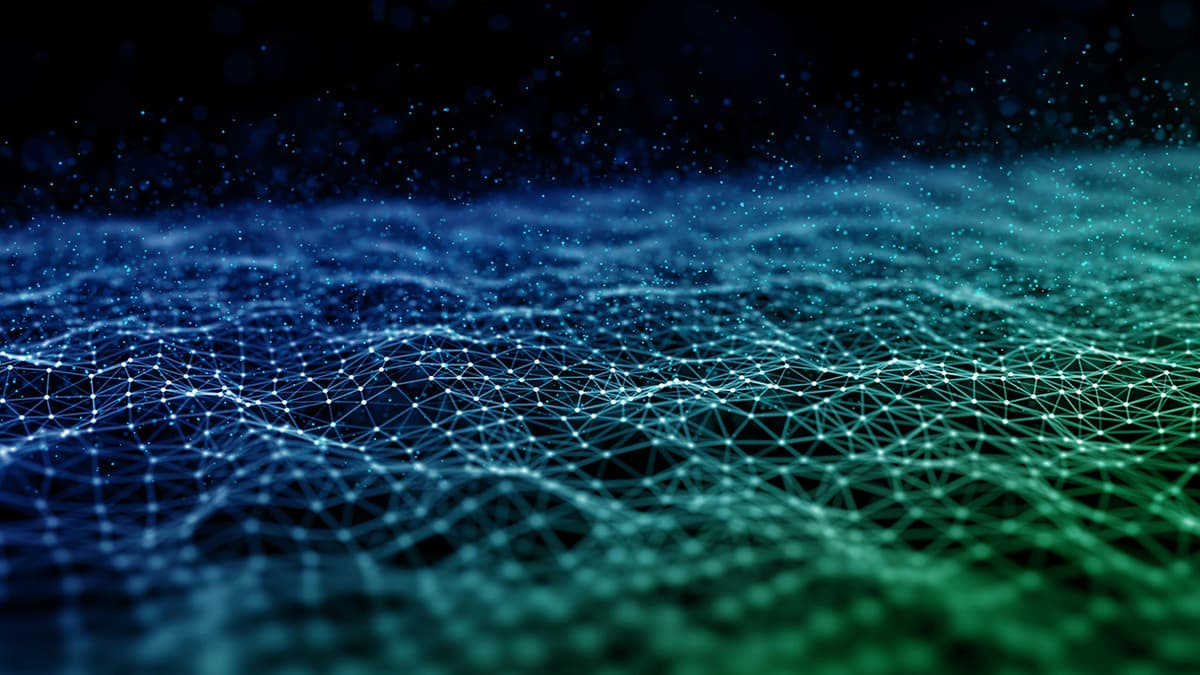The Internet of Things (IoT): Transforming Connectivity and Industries
The Internet of Things (IoT) is a network of physical devices, vehicles, appliances, and other objects embedded with sensors, software, and connectivity. This network enables them to collect and exchange data over the internet. IoT has the potential to change how we live, work, and interact with our surroundings, impacting smart homes, cities, healthcare, and various industrial applications.
Definition and Components of IoT
What makes up the IoT? It connects everyday objects to the digital world, allowing them to communicate and share information. These objects, known as "things," are equipped with sensors, actuators, and network connectivity to capture, analyze, and act on data. Examples of data collected include temperature, humidity, motion detection, and energy consumption.
The components of an IoT system typically include:
-
Things: Physical devices or objects with embedded sensors and connectivity, such as smart thermostats, wearable devices, industrial machinery, and vehicles.
-
Connectivity: IoT devices communicate via various wireless and wired technologies like Wi-Fi, Bluetooth, cellular networks, and low-power wide-area networks (LPWAN).
-
Data Processing: IoT platforms manage the data generated by connected devices using cloud-based or edge computing. They store, analyze, and derive insights from this data.
-
Applications and Services: These allow users to interact with connected devices, monitor their status, and control operations remotely, through mobile apps, web interfaces, or voice assistants.
Uses and Applications of IoT
What are the key applications of IoT? The uses of IoT span various industries, leading to significant changes and improved efficiency. Here are some examples:
-
Smart Homes: Homeowners can automate and control lighting, security systems, climate control, and entertainment devices. For example, smart thermostats adjust temperature settings based on occupancy, saving energy and enhancing comfort.
-
Industrial IoT (IIoT): In industrial settings, IoT allows real-time monitoring and control of machinery and processes. Sensors collect data on equipment performance and environmental conditions, optimizing production and improving safety.
-
Smart Cities: IoT contributes to sustainable urban environments through smart traffic management, waste management, and energy grids. By integrating data, cities can optimize resources, reduce congestion, and enhance public services.
-
Healthcare: IoT devices enable remote patient monitoring, telehealth services, and personalized medicine. Wearable devices track vital signs and provide real-time alerts, improving patient outcomes and enhancing overall healthcare delivery.
Benefits of IoT
What advantages does IoT offer? The adoption of IoT creates numerous benefits across industries:
-
Efficiency and Automation: IoT helps streamline processes and enhance operational efficiency through automation. This results in cost savings and faster decision-making.
-
Improved Safety and Quality of Life: IoT applications enhance safety with smart home security systems and health monitoring devices. Remote monitoring increases accessibility for individuals with disabilities.
-
Data-Driven Insights: Analyzing data from IoT can provide invaluable insights for businesses. These insights help optimize processes and support data-driven decision-making.
-
Sustainability: IoT promotes sustainable practices by optimizing resource utilization and reducing waste. For instance, smart energy grids manage electricity consumption, promoting energy efficiency.
IoT is transforming our daily lives
The Internet of Things offers new connectivity possibilities and is capable of transforming industries and enhancing daily life. From smart homes to smart cities, IoT applications redefine how we interact with our environment. The benefits such as increased efficiency, improved safety, and valuable data insights support a more connected and sustainable future.
(Edited on September 4, 2024)












